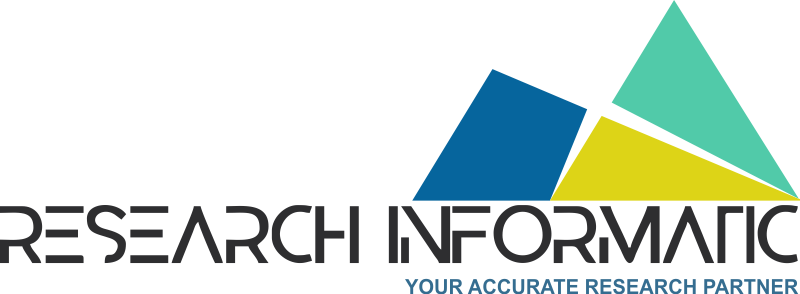

Cost-Effective Treatments For Cystic Acne To Boost Market Demand In Developing Regions
Cystic Acne is an inflammatory disease of the glands. This disease results in the formation of inflamed elevations (papules, pustules, nodules, and cysts), blackheads, whiteheads, and scars on the skin. Acne is one of the most common disorders and more than ninety percent of global population is affected by acne at various points in their life. Even though acne is a skin disease, it can lead to major emotional and psychological issues. In addition to a cosmetic irritation, skin disease can produce depression, anxiety, and other psychological problems that affect patient’s lives in various ways similar to arthritis or other impair illnesses.
Antibiotics play a main role in acne management, the increase in acnes resistance is an issue of concern. The matter of antibiotic resistance also impacts the prescribing patterns and treatment algorithms. The usual set of care for the treatment of mild-to-moderate acne is topical therapy. The acne therapy market has shifted from mono therapy to combination therapy options. The most likely reason is maximum benefit of combinations that count the multiphase pestilential of acne, reduced levels of resistance and the acceptance of single product use versus two different mono therapies.
The most important market driving feature for the global cystic acne market is the rising pervasiveness of cystic acne conditions both in developing and developed countries. The leading market players in the skincare industry and several different research laboratories are involved in research & development to make and grow formulas for ointments or medicines to provide better treatment for patients. Additional factor that play a vital role for the market growth includes, better understanding for skincare remedies, skin infections, inclination among youngsters to be more aware about their looks, increasing purchasing power of customers, and consequently increasing sales of anti-acne ointments.
North America dominates the cystic acne market due to technological advancements and advanced medical facilities. Canada and US are prone to generate the maximum revenue in the region. The key companies are focused on capturing a maximum portion of the developing markets such as China and India. The European region holds the next place in the cystic acne market due to the government backing for research & development and accessibility to research funds. These factors are expected to promote the growth of cystic acne market in the region. Asia Pacific region is the fastest growing cystic acne market due to the incidence of a speedily rising patient pool, and eminent healthcare spending. The governments are focused more on providing better treatment to the residents of their nations for improving their standard of life. On the other side, in the African region and Middle East, the cystic acne market has become a massive problem due to incomplete screening, unfamiliarity with diseases, and deprived availability to treatment. Increasing need for cost-effective treatments in developing regions, as well as expanding funding and insurance policies, all contribute to market expansion.




